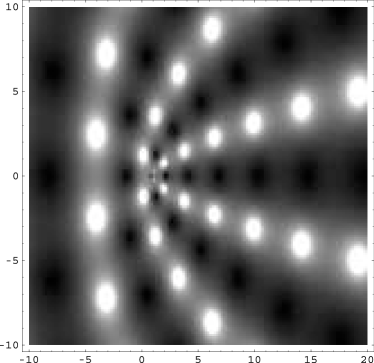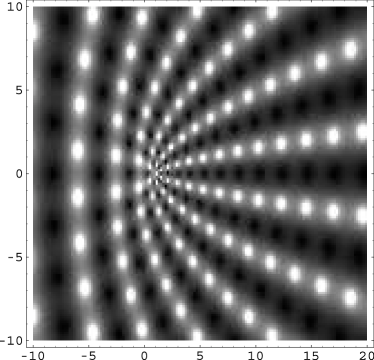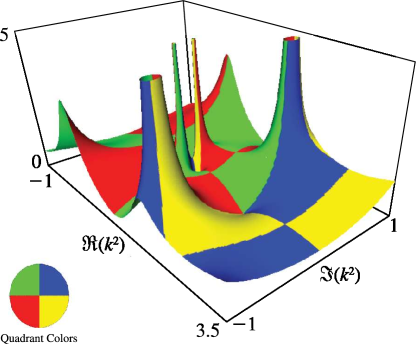induced%20modulus
(0.002 seconds)
1—10 of 579 matching pages
1: 22.2 Definitions
§22.2 Definitions
►The nome is given in terms of the modulus by … ►2: 27.8 Dirichlet Characters
3: 19.33 Triaxial Ellipsoids
4: Bibliography L
5: 20 Theta Functions
Chapter 20 Theta Functions
…6: 27.15 Chinese Remainder Theorem
7: 10.75 Tables
The main tables in Abramowitz and Stegun (1964, Chapter 9) give to 15D, , , , to 10D, to 8D, ; , , , 8D; , , , , 5D or 5S; , , , , 10S; modulus and phase functions , , , , 8D.
Achenbach (1986) tabulates , , , , , 20D or 18–20S.
Makinouchi (1966) tabulates all values of and in the interval , with at least 29S. These are for , 10, 20; , ; with and , except for .
Bickley et al. (1952) tabulates or , or , , (.01 or .1) 10(.1) 20, 8S; , , , or , 10S.
The main tables in Abramowitz and Stegun (1964, Chapter 9) give , , , , 8D–10D or 10S; , , , ; , , , 8D; , , , , 5S; , , , , 9–10S.
8: 9.18 Tables
Miller (1946) tabulates , for , for ; , for ; , for ; , , , (respectively , , , ) for . Precision is generally 8D; slightly less for some of the auxiliary functions. Extracts from these tables are included in Abramowitz and Stegun (1964, Chapter 10), together with some auxiliary functions for large arguments.
Fox (1960, Table 3) tabulates , , , and for , together with similar auxiliary functions for negative values of . Precision is 10D.
Zhang and Jin (1996, p. 337) tabulates , , , for to 8S and for to 9D.
Sherry (1959) tabulates , , , , ; 20S.
9: 19.25 Relations to Other Functions
10: 22.3 Graphics
§22.3(iv) Complex
… ► ►
►
 ►
►


